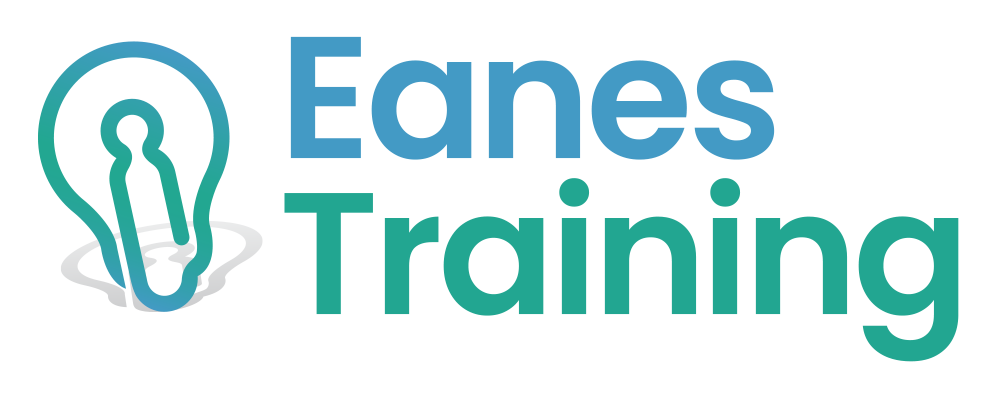Authentic leadership is crucial for fostering a positive workplace culture. It boosts employee engagement and satisfaction and drives better results and innovation.
Authentic leadership is a leadership approach that emphasizes genuine, transparent, and ethical behavior. It's a style that prioritizes self-awareness, empathy, and moral values.
Leaders that practice authenticity act following their true selves, values, and beliefs. These leaders stay true to their convictions and demonstrate high integrity, even in challenging situations. They build trust and foster genuine connections with their teams, leading by example and inspiring others to achieve their best.
Key Characteristics of Authentic Leaders

Authentic leaders possess specific traits that set them apart from other leadership styles. Some key characteristics include:
- Transparency: They are open and honest, creating a culture of trust and accountability.
- Integrity: They consistently act in line with their values and principles, even when faced with challenges.
- Empathy: They genuinely care about the well-being of their team members and are attuned to their needs.
- Self-awareness: They have a deep understanding of their strengths, weaknesses, and emotions, which allows them to manage their actions and reactions effectively.
- Inspiration: They can inspire and motivate others through their passion and commitment to shared goals.
The Role of Self-Awareness and Personal Values in Authentic Leadership
Self-awareness and personal values are critical components of authentic leadership. Authentic leaders have a strong sense of self and a clear understanding of their values, which guide their decisions and actions. This deep self-knowledge enables them to align their behaviors with their beliefs, fostering trust and credibility within their teams. Moreover, self-awareness allows authentic leaders to recognize areas for growth and development, continually striving to become better leaders and role models for their teams.
Identifying Your Leadership Style

To develop your authentic leadership style, it's essential first to understand your natural tendencies and preferences. This process involves exploring different leadership styles, assessing your strengths and weaknesses, and recognizing areas for growth. Let's dive in.
Different Types of Leadership Styles
There are various leadership styles, each with its unique approach and characteristics. Some common types include:
- Transformational: Focused on inspiring and motivating team members to achieve their full potential.
- Transactional: Emphasizes clear goals, processes, and rewards based on performance.
- Servant: Prioritizes the needs of team members, fostering their growth and development.
- Laissez-faire: Allows team members to make decisions and take responsibility for their actions.
- Autocratic: Makes decisions independently, with little input from team members.
- Democratic: Encourages collaboration and open discussion when making decisions.
Assessing Your Natural Leadership Tendencies
To identify your natural leadership style, reflect on your past experiences, actions, and decisions. Consider the following questions:
- How do you typically approach decision-making?
- What is your preferred method for motivating and engaging team members?
- How do you handle conflicts or challenges within your team?
- What type of work environment do you create for your team?
You can also seek feedback from peers, supervisors, and team members to gain insight into your leadership tendencies. Consider taking a leadership assessment to evaluate your style and preferences further.
Once you've identified your natural leadership style, it's crucial to recognize its strengths and weaknesses. This understanding will help you leverage your strengths while addressing areas for improvement. Remember, no leadership style is perfect; each has advantages and limitations. Embrace your unique style while continually striving to grow and adapt as a leader.
Developing Your Authentic Leadership Style

Discovering your leadership style is just the beginning. Authentic leadership is an ongoing journey of growth and development. Authentic leaders recognize that growth is a continuing process. They actively seek learning opportunities, develop new skills, and refine their leadership abilities. Committing to continuous growth demonstrates your dedication to becoming a better leader, setting a positive example for your team, and fostering a culture of continuous improvement within your organization.
Strategies for Enhancing Self-Awareness and Emotional Intelligence
Developing self-awareness and emotional intelligence is crucial for authentic leadership. Here are some strategies to help you enhance these skills:
- Regular self-reflection: Set aside time to reflect on your experiences, emotions, and reactions.
- Seek feedback: Actively solicit feedback from your team, peers, and supervisors to gain insights into your strengths and areas for improvement.
- Practice mindfulness: Engage in mindfulness exercises, such as meditation or deep breathing, to increase self-awareness and emotional control.
- Read and learn: Stay informed about the latest research and best practices in leadership, emotional intelligence, and personal development.
- Work with a coach or mentor: Collaborate with an experienced professional who can provide guidance, support, and insights into your leadership journey.
Adapting Your Leadership Style to Different Situations and Team Dynamics
While staying true to your authentic leadership style is essential, effective leaders can also adapt their approach to different situations and team dynamics. Consider the following tips for adapting your style:
- Understand your team: Know your team members' strengths, weaknesses, and preferences, and adjust your approach accordingly.
- Assess the situation: Consider the specific context, goals, and challenges when determining your leadership approach.
- Experiment with different strategies: Be open to new techniques and approaches to discover what works best for you and your team.
- Seek feedback and learn from experiences: Continuously evaluate your approach, gather feedback, and learn from your successes and setbacks.
Benefits of Authentic Leadership

Authentic leadership offers various benefits for leaders and their teams, creating a positive work environment that fosters growth, success, and resilience. Let's explore the key benefits of authentic leadership.
1. Improved Employee Engagement and Satisfaction
Authentic leaders build trust and loyalty with their teams and create an environment where employees feel valued and supported by demonstrating transparency, integrity, and empathy. This increases engagement, satisfaction, and overall well-being among team members.
2. Enhanced Team Performance and Productivity
When employees feel connected to and inspired by their leaders, they are more likely to be motivated and committed to achieving shared goals. Authentic leaders empower their teams to take ownership of their work, fostering collaboration, innovation, and productivity.
3. Stronger, More Resilient Workplace Culture
Authentic leadership contributes to a stronger, more resilient workplace culture, ethical behavior, and open communication. This is because authentic leaders create a culture of trust, accountability, and continuous improvement. This strong foundation enables organizations to navigate change better, overcome challenges, and thrive in adversity.

